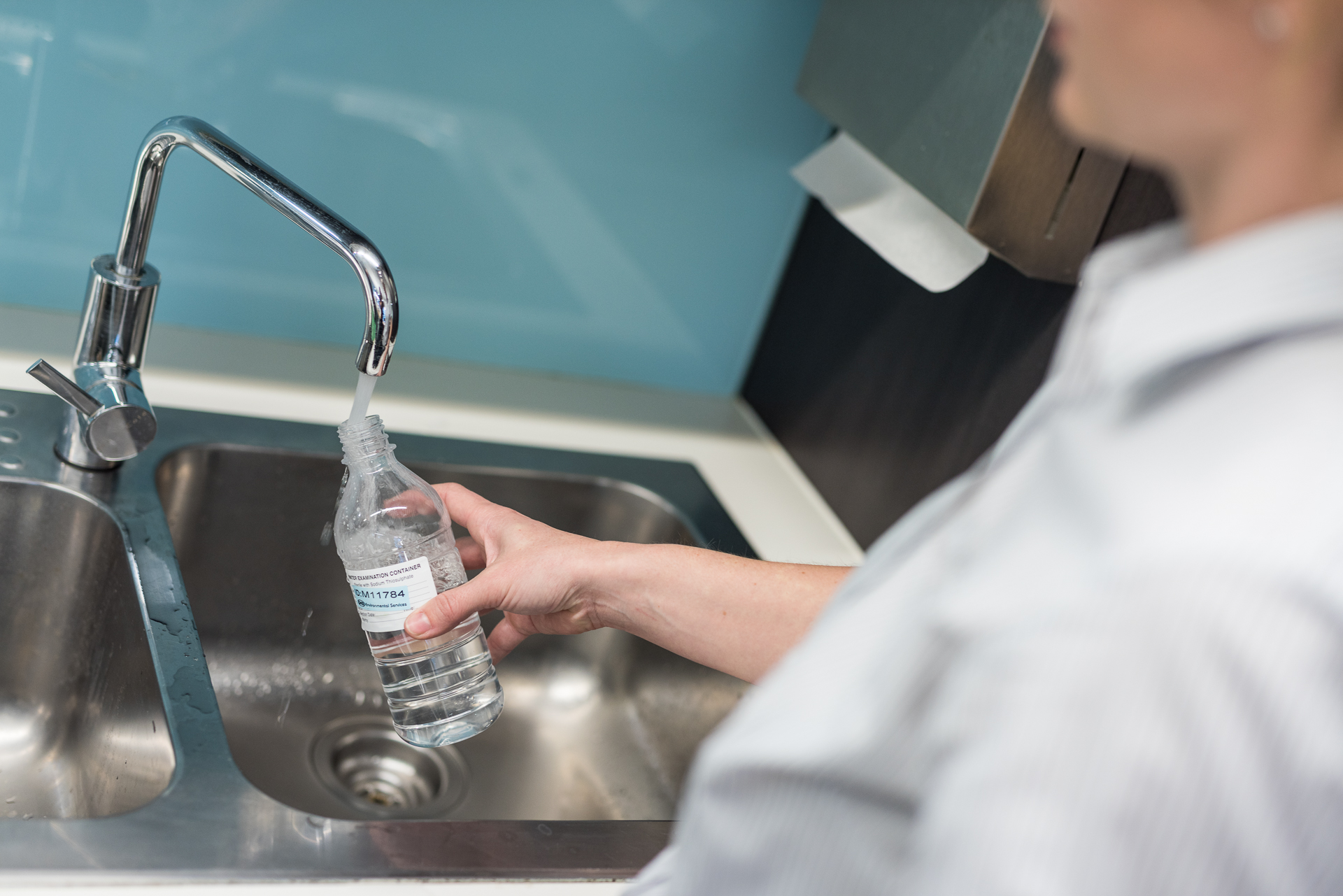
02nd
To drink or not to drink: Potable Water Guidelines
By Matthew Weir, Senior Consultant
We’ve received increasing enquiry from our Perth customers about potable water following discovery of lead in the water system(s) at the newly constructed, but as yet unoccupied (fortuitously as it turned out), Perth Children’s Hospital.
I wish to share some background on water quality and why its important for operators everywhere of all types of buildings – commercial, healthcare, education and hotel – to implement water management plans.
Water utilities have the responsibility of providing safe good quality drinking water to your building, the responsibility shifts to property owners and managers when the water passes into the buildings distribution systems between the metered point and the consumption points i.e. taps.
Every effort needs to be taken to ensure that drinking water is provided to consumers that is safe to use.
Potable water (ie, drinking water) has to be safe enough to be consumed by humans with a minimal risk of short-term or long-term harm. The Australian Drinking Water Guidelines (ADWG) are designed to provide an authoritative reference to the Australian community and the water supply industry on what defines safe, good quality water, how it can be achieved and how it can be assured.
The 2011 ADWG have been developed by the National Health and Medical Research Council (NHMRC) and undergo rolling revision to ensure they represent the latest scientific evidence on good quality drinking water with the latest revision in November 2016.
The guideline values within the ADWG define water that, based on current knowledge, is safe to drink over a lifetime; that is, it constitutes no significant risk to health. Potable water should contain no harmful concentrations of chemicals or pathogenic microorganisms, and ideally it should be aesthetically pleasing in regard to appearance, taste and odour.
The safety of water in public health terms is determined by its microbial, physical, chemical and radiological quality; of these, microbial quality is usually the most important.
Appearance, taste and odour are useful indicators of quality because they are generally the characteristics by which the public, including your tenants, judges water quality. However, water that is turbid or coloured, or has an objectionable taste or odour, may not be unsafe to drink. Conversely, the absence of any unpleasant qualities does not guarantee that water is safe.
QED devises and implements water risk management plans to suit the complexity of your building’s water distribution system. Water in certain commercial buildings we’ve investigated has been found to contain lead – leaching from the building’s distribution system – or even legionella in shower heads.
Contact us to find out more about managing these risks or click here to find out more about our potable water testing service.
Categories
Recent Posts
Trichloramine and Indoor Air Quality in Swimming Pools
05th Nov
For swimmers and pool workers alike, the characteristic "chlorine smell" at indoor swimming pools is part of the experience. Howev...
Indoor Air Quality Takes Centre Stage: A New Government Report on Airborne Virus Transmission
30th Sep
The importance of Indoor Air Quality (IAQ) has gained significant attention following the release of a groundbreaking report from Australia�...
Changes to the workplace exposure standard for welding fumes
15th Mar
On January 18, 2024, SafeWork Australia made a significant adjustment to the Workplace Exposure Standard (WES) for Welding Fume (not otherwi...

















